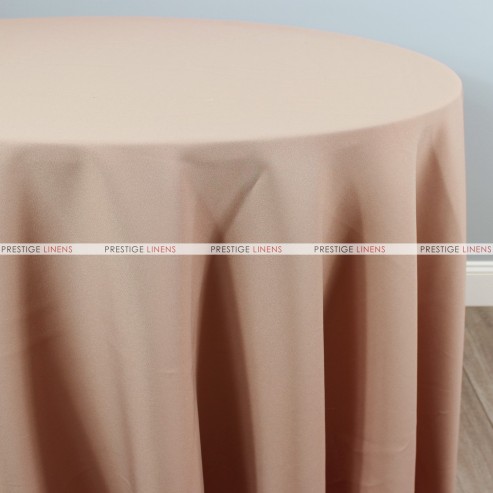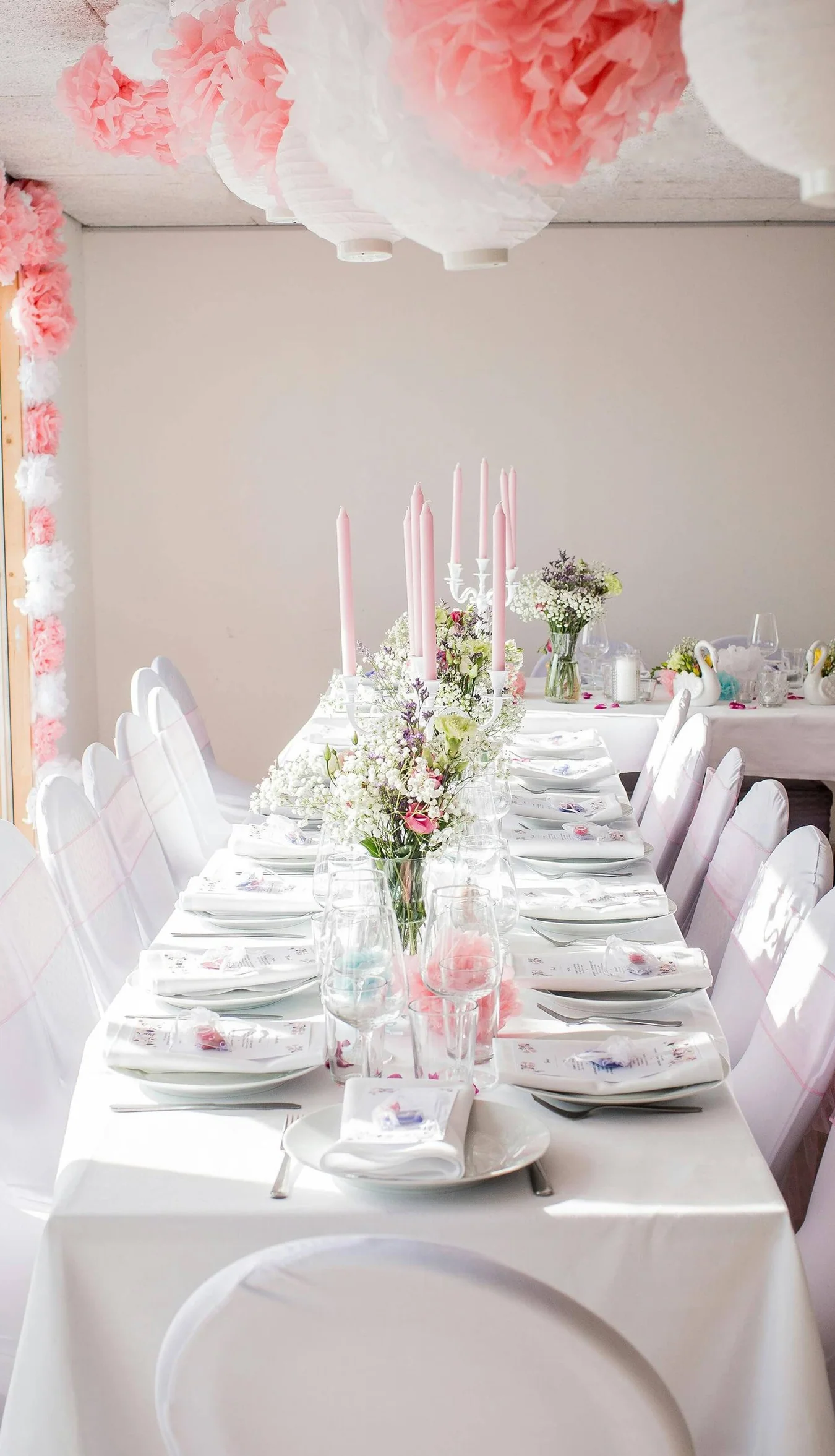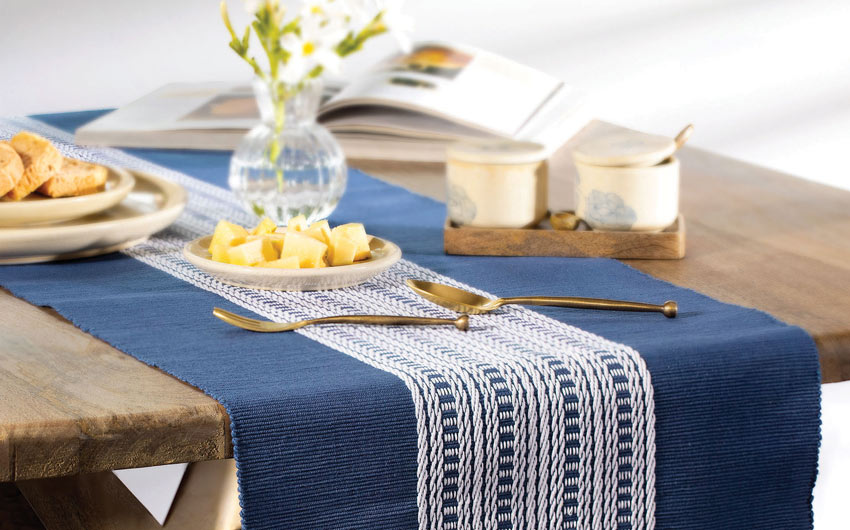Bed Linen Material Technologies: Exploring Modern Trends and Creative Applications in Design and Textile Market
From lasting manufacturing methods to advanced weaving technologies, the evolution of bed linen is improving the landscape of the fabric sector. As we dig into the realms of creative layout applications and the emergence of bed linen blends and hybrid fabrics, a new phase unravels in which bed linen's duty in future fabric developments takes center stage.
Lasting Practices in Bed Linen Manufacturing
Lasting techniques in bed linen manufacturing have ended up being increasingly essential in the fabric sector's efforts to decrease ecological impact and advertise moral sourcing approaches. Bed linen, an all-natural fiber stemmed from the flax plant, provides a range of benefits such as biodegradability, breathability, and durability. However, standard techniques of linen manufacturing can entail considerable water intake, chemical use, and energy-intensive procedures.
To deal with these challenges, several fabric producers are adopting lasting practices throughout the bed linen production procedure. This includes sourcing flax from organic ranches that prevent hazardous chemicals and chemicals, executing water-efficient retting methods to remove fibers from the flax stalks, and utilizing environmentally friendly dyes and surfaces. In addition, some firms are buying renewable resource resources to power their manufacturing centers and minimizing waste through recycling and upcycling initiatives.
Technical Developments in Linen Weaving
With the growing focus on lasting techniques in linen production, the fabric market is now witnessing a rise in technological improvements particularly focused on revolutionizing the art of bed linen weaving. These innovations are reshaping the means bed linen fabrics are generated, offering increased performance, top quality, and imagination in weaving techniques.
One of the crucial technological advancements in linen weaving is the assimilation of computerized looms. These advanced looms are outfitted with software that permits for complicated and elaborate styles to be woven with precision. By digitizing the weaving procedure, makers can accomplish higher uniformity and accuracy in their bed linen materials.
Moreover, innovations in yarn spinning modern technology have actually allowed the production of finer and even more resilient linen yarns - table cloths. This causes softer and smoother bed linen fabrics that maintain their high quality even after numerous usages and cleans
In addition, the growth of green dyeing procedures and surfaces for bed linen textiles is acquiring grip. These lasting techniques not just reduce the environmental effect yet additionally cater to the boosting customer demand for morally created textiles.
Creative Style Applications for Linen
Ingenious artistic methods are significantly forming the innovative style applications for bed linen in the textile industry. Developers are pushing the boundaries of traditional bed linen use, exploring its adaptability in different applications. One noticeable trend is the integration of bed linen in sustainable style lines, where its eco-friendly buildings are highlighted. Bed linen's natural visual charm and capability to blend with various other textiles make it a favorite option for producing one-of-a-kind garments and accessories that accommodate the eco conscious customer.
Additionally, designers are try out bed linen in home design, using its breathable and long lasting nature to craft elegant home furnishings such as drapes, bedding, and furniture. The structure and drape of bed linen bring a sense of sophistication and comfort to interior spaces, adding a touch of style to contemporary homes.

Linen Blends and Hybrid Fabrics

Hybrid textiles, on the other hand, take the concept of blending an action further by integrating additional aspects such as metallic threads, recycled materials, or conductive fibers. These innovative fabrics not just expand the layout possibilities but likewise present functional facets like conductivity, antimicrobial homes, or improved resilience. Crossbreed textiles are significantly being utilized in numerous markets, consisting of style, interior style, and technological textiles, where the need for multifunctional materials gets on the rise.
Bed linen's Role in Future Fabric Innovations

In the realm of future textile developments, bed linen is expected to be an essential gamer in the advancement of innovative practical materials. Designers and researchers are checking out means to improve linen's integral high qualities through technological improvements, such as including wise fabrics, nanotechnology, and performance coatings. These innovations intend to boost linen's efficiency features, making it appropriate for a more comprehensive variety of applications, from activewear to protective apparel.
Moreover, the mix of linen with other all-natural or synthetic fibers opens up unlimited possibilities for creating novel fabrics with one-of-a-kind properties and capabilities. By leveraging bed linen's attributes and checking out innovative blends, the textile sector is poised to introduce amazing advancements that deal with evolving customer requirements and sustainability requirements.
Conclusion
Finally, the expedition of lasting techniques, technical innovations, creative layout applications, linen blends, and its function in future fabric advancements highlight the constant advancement of linen fabric in the modern-day style and textile market. With a concentrate on innovation and creative thinking, the adaptability and environment-friendly nature of linen make it a valuable material for developers and suppliers alike, leading the way for more growths and innovations in the field of fabrics.
As we dive right into the worlds of innovative design applications and the appearance of linen blends and crossbreed textiles, a new phase unravels in which linen's role in future textile technologies takes center phase.
Discovering the fusion of linen with various other fabrics has led to the appearance of innovative blends and crossbreed fabrics in the modern fabric industry. Linen blends supply a special combination of the characteristics of linen with those of various other fibers, resulting in textiles that possess improved residential properties such as boosted sturdiness, improved draping, and decreased wrinkling.The evolution of linen blends and crossbreed textiles has established the phase for Bed linen to play a crucial role in driving future fabric advancements.In the realm of future textile advancements, bed linen is expected to be an essential player in the growth of innovative useful fabrics.